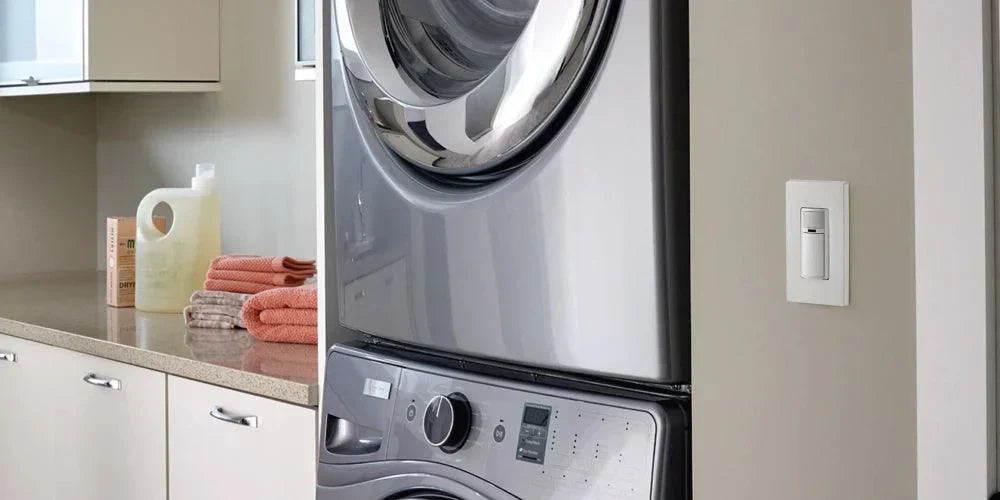Motion sensors are a cornerstone of any modern, energy-efficient building. By automatically controlling lights, they offer both convenience and significant energy savings. However, the effectiveness of your system depends on choosing the right type of sensor. The decision between an occupancy sensor (fully automatic) and a vacancy sensor (manual-on) can have a surprising impact on everything from your utility bill to your daily convenience. This guide will walk you through the key differences to help you choose the perfect sensor for every room.
The Core Difference: Automatic vs. Manual-On
The fundamental difference between these two types of sensors lies in how they are activated:
-
Occupancy Sensors: Fully Automated Control
- How they work: Occupancy sensors automatically turn lights on when you enter a room and off when you leave. They provide a completely hands-free experience.
- Best for: As highlighted in the helpful Lutron video below, occupancy sensors are ideal for rooms where you often enter with your hands full, such as a laundry room, garage, or workshop. They are also great for high-traffic areas like hallways and storage closets.
-
Vacancy Sensors: Manual-On, Automatic-Off
- How they work: Vacancy sensors require you to manually turn the lights on when you enter a room. They then automatically turn the lights off after the room is vacant.
- Best for: These sensors are perfect for rooms where you don't always need the lights on, or where automatic activation could be a nuisance. Think of a bedroom, where an occupancy sensor might wake a sleeping partner. They are also a better choice for rooms with significant daylight or in homes with pets that might trigger the sensor.
Energy Savings and Building Codes
Beyond convenience, motion sensors are a key component of green building design and energy management. Many modern building codes now mandate their use to reduce energy waste.
- Energy Efficiency: Both sensor types contribute to energy savings by ensuring lights are not left on in unoccupied rooms.
-
Building Codes: The use of occupancy and vacancy sensors can help meet stringent energy codes and standards, such as:
- ASHRAE 90.1
- IECC (International Energy Conservation Code)
- California's Title 24: Vacancy-only sensors are often required to comply with California's Title 24 energy code, which emphasizes manual-on control to maximize energy savings.
How to Choose the Right Sensor for Your Space
Choosing the right sensor depends on the specific needs of each room. Here’s a simple guide:

Pro-Tip: Many occupancy sensors can be easily converted to vacancy mode with a simple setup, offering flexibility if you're unsure which to choose.
Installation and Placement Tips
For optimal performance, consider these placement tips from Lutron's application guide:
- Avoid Obstructions: Ensure the sensor has a clear view of the room's traffic areas.
- Watch Out for Air Vents: Do not place sensors near HVAC vents, as the moving air can cause false activations.
- Consider Door Swing: Place the sensor so that the door opening does not block its line of sight.
- Follow Manufacturer Guidelines: Refer to the manufacturer's instructions for specific mounting heights and coverage patterns.





